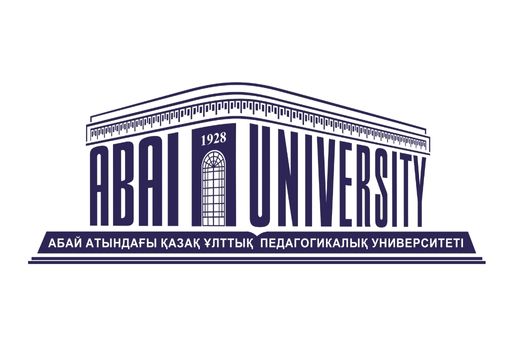Project relevance: The research is aimed at solving the problem associated with the deviation of the nearest geodesic trajectories of satellites (test bodies) in axially symmetric gravitational fields. The main focus is on realistic models that take into account the rotation and quadrupole moments of the gravitational object. This issue is relevant due to the need to understand the nuances of satellite motion in conditions where general relativistic effects become observable
Project purpose: The goal of the project is to conduct analytical and numerical investigation of general relativistic observable effects in the motion of satellites (test bodies) in axially symmetric gravitational fields, by solving the geodesic deviation equation within the framework of the q-metric and the Hartle-Thorne metric.
Project objectives:
Task 1: Derivation of the geodesic deviation equations (GDE) and construction of finite difference schemes for numerical solutions within the framework of q-metric and Hartle-Thorne metric.
Task 2: Obtaining analytical and numerical solutions of the geodesic deviation equation within the q-metric and Hartle-Thorne metric for various initial coordinates and initial velocities of test bodies.
Task 3: Analysis of observable general relativistic effects arising from analytical and numerical solutions of the geodesic deviation equation within the q-metric and Hartle-Thorne metric, as well as the simulating satellite configurations similar to the GRACE-Follow-On mission.
Research group composition:
1) Utepova Daniya Sabyrbekovna – PhD, Project Manager, ORCID 0000-0002-9871-1884, Scopus ID 57559961600
2) Boshkaev Kuantai Avgazyevich – PhD, professor, scientific consultant, ORCID 0000-0002-1385-270X, Scopus ID 54883880 400
Results // Expected results (depends on the project implementation period)
During realization of the idea and plans of the project the following results are expected to be obtained:
- The geodesic deviation equations will be derived in analytic form in the framework of q – metric and Hartle-Thorne metric.
- Analytical and numerical solutions of the geodesic deviation equation in the framework of q – metric and Hartle-Thorne metric will be obtained.
- The observed general relativistic effects arising from analytical and numerical solutions of the geodesic deviation equation in the framework of q – metric and Hartle-Thorne metric will be analyzed.
As a result of the project, satellite configurations similar to the GRACE-Follow-On mission will be modeled. Also, the obtained results will make a significant contribution to the current understanding of the influence of GR on the motion of satellites. They are also of great value for the development of theoretical physics, relativistic astrophysics, and can be used in teaching at universities for specialties “Physics and Astronomy”, “Physics”, “Gravitation and Cosmology”, etc.
Based on the results of scientific research conducted within the framework of the project, 2 (two) articles will be published in journals from the first three quartiles of the impact factor in the Web of Science database or having a CiteScore percentile in the Scopus database of at least 50.

